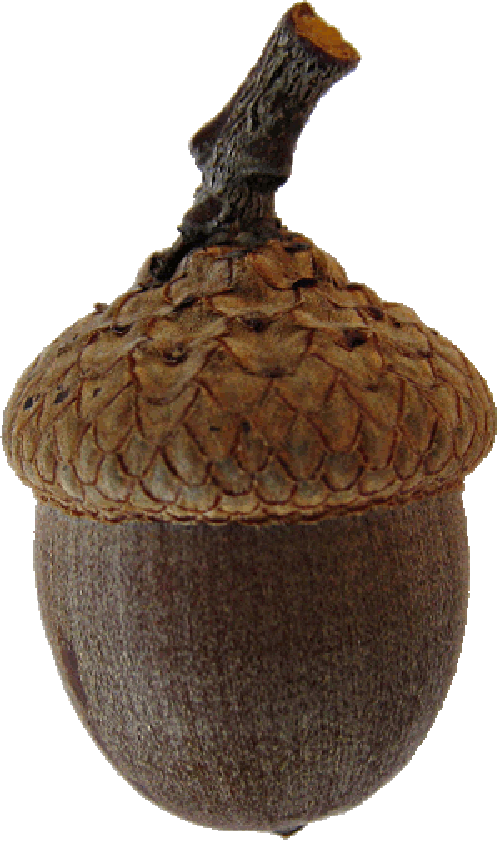
* If you have acorns this big, we don’t want to see your mold spores. You probably live in the Pacific Midwest, and you should move.
There’s an old adage: From every acorn springs an oak.
We don’t think of this when we look outside (if you live in most US suburbs and most US cities) Even though when we look outside, we can usually see in our neighborhoods great big beautiful trees. If not in the neighborhoods, then in the parks. And each of those trees sprang from seeds. (Let’s ignore the ones that came from botanists cuttings and science labs.) Those trees, like oak trees, sprang from seeds or root systems (like Cottonwoods or Banyon trees).
We don’t particularly notice them when they are small, solitary seeds. Likewise with mold. Mold grows from tiny spores. The seeds waft around unnoticed, collect in dust or in air filters or anywhere else you can think of where they can fit. Some of us might notice them because we’re allergic. As spores, mold is pretty inconsequential and unnoticeable, size-wise. But…
Mold, like trees, grows. Mold doesn’t grow INTO trees, of course, since it is, after all mold. But some species of mold compound like coral, or grow like shrubbery into a branching vegetation that people with glasses, dictionaries and mold detection companies call Mycelium. The mycelium can actually become huge (There’s one in Oregon 2,200 acres in size.)
I’m not telling you mold will instantly engulf your house if you find or sneeze over a spore. But just remember that in every spore, there is the potential of starting a colony if there’s an environment where it can put down roots.
* hoping you recognize sarcasm

If you’re in California, you might want to give us a call and see about getting an assessment from Byebyemold.